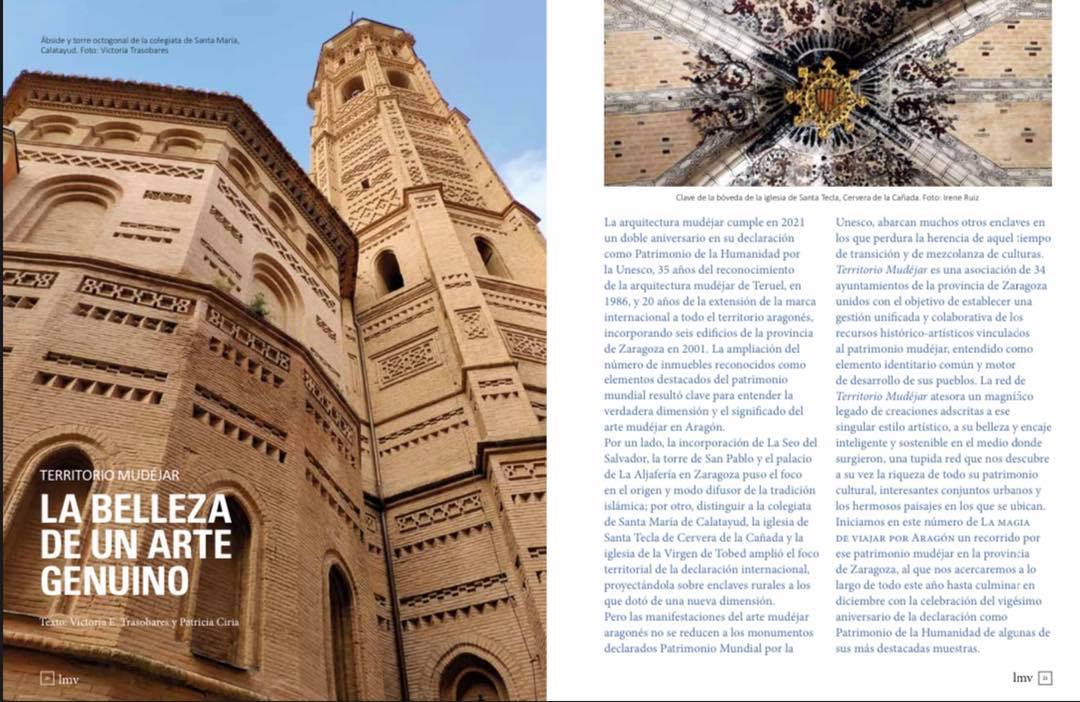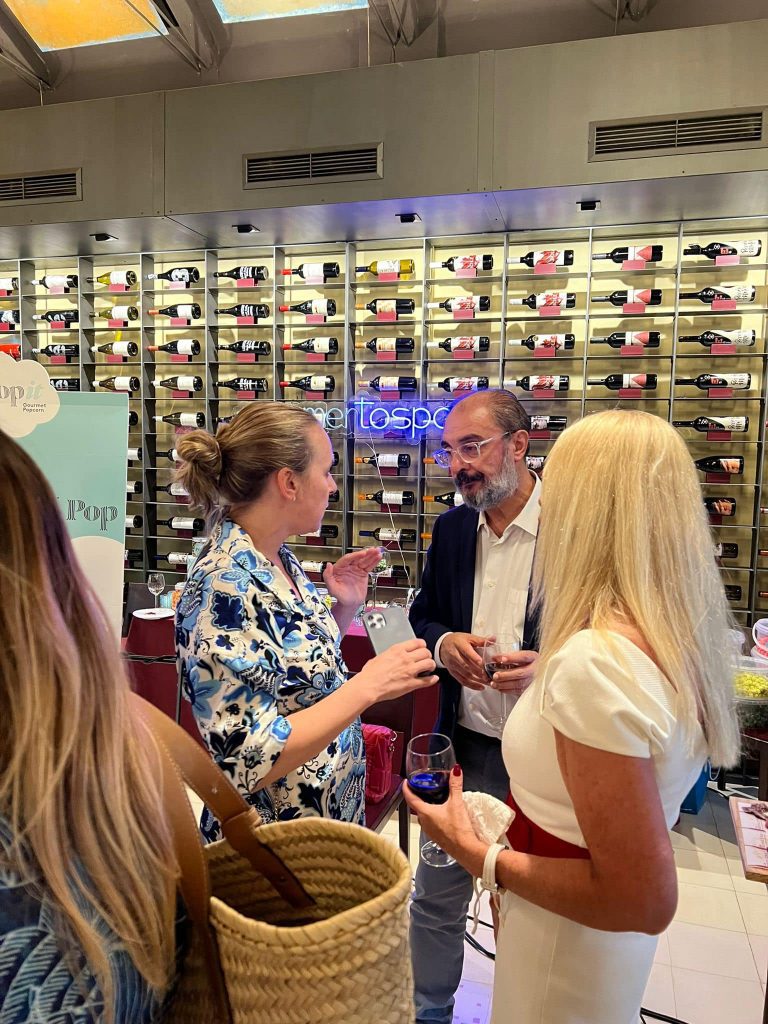If you would like to make the most of the summer to learn more about Mudejar art or deepen your knowledge of subjects related to our Territorio Mudéjar and its history and heritage, we invite you to participate in some of the extraordinary courses of the University of Zaragoza programmed or related to our towns.
Journey to the Mudejar art of the regions of Calatayud, Aranda, Daroca and Valdejalón. 20th anniversary of the declaration of the Mudejar as World Heritage. Homage to Professor Gonzalo M. Borrás Gualis (Calatayud, 12-14 July).
It is coordinated by José Luis Cortés, tutor professor at the UNED Calatayud, with the collaboration of Victoria Trasobares Ruiz, director of Territorio Mudéjar.
The aim is to study first hand the Mudejar art of the regions of Aranda, Calatayud, Daroca and Valdejalón by means of detailed visits to all the most outstanding monuments, which are characterised by having preserved the original Mudejar spaces to the present day. The aim is to delve into the geographical, historical, ethnographic and artistic framework that allowed Aragonese Mudejar art to be declared a World Heritage Site in 2001.
The Social Function of Cultural Heritage: Uses, Projects, Models and Potentialities (Jaca, 21-23 July)
The course addresses the different challenges that cultural heritage management faces today, with the new referential framework set by the Sustainable Development Goals and concepts such as “cultural rights”. For this purpose, a series of lectures and round tables have been programmed to address the problems, but above all the potentialities around very diverse issues that Cultural Heritage and its management as a tool for social change have in common: inclusion, universal accessibility, sustainability, local development, depopulation…
Victoria Trasobares Ruiz, director of Territorio Mudéjar, participates as a speaker.
II Course-workshop on physical anthropology and palaeopathology in skeletal and mummified remains of the Museo de las Momias de Quinto (Quinto, 5-9 July)
The theory will have a practical application in the laboratory, with workshop sessions that will include work on the classification and analysis of skeletal and mummified remains exhumed from El Piquete de Quinto.
The aim of the course in Quinto is to approach the Museo de Momias, the first of its kind in Spain, through guided tours of the facilities and an exhibition of the preventive conservation methodology carried out by the Instituto de Estudios Científicos en Momias (IECIM).
Bartolomé Bermejo and Gothic painting in the regions of Campo de Daroca and Calatayud. The Heritage of empty Spain. (Darocz, 28-30 July).
It is coordinated by José Luis Cortés, tutor lecturer at the UNED in Calatayud and Fabián Mañas, PhD in Art History. The aim is to study and disseminate the artistic heritage of the towns that make up the Campo de Daroca region and the Community of Calatayud . Among them all, Bartolomé Bermejo stands out, whose entry into the artistic panorama of Daroca meant an aesthetic and technical revolution in the seventies of the 15th century.

















